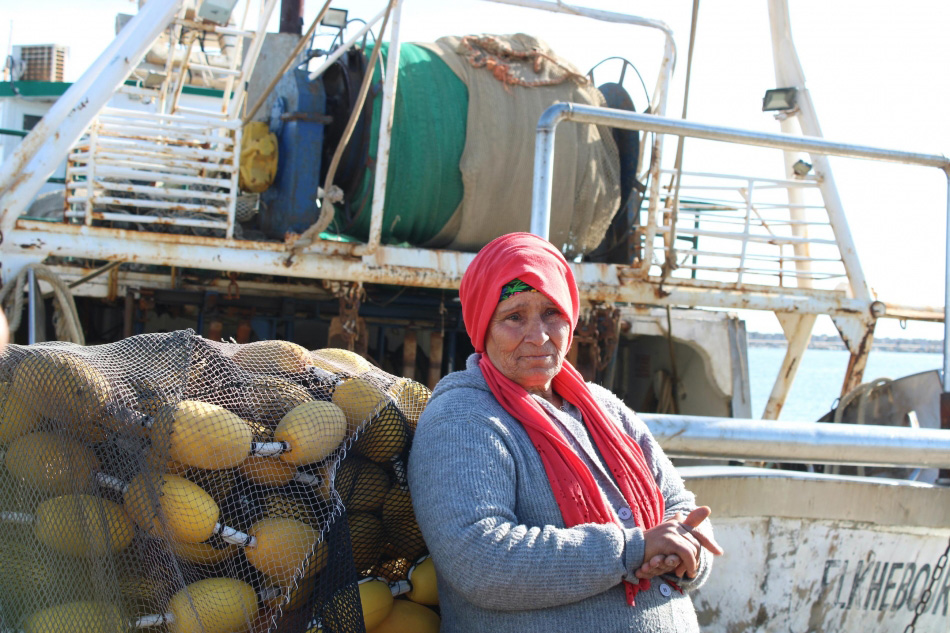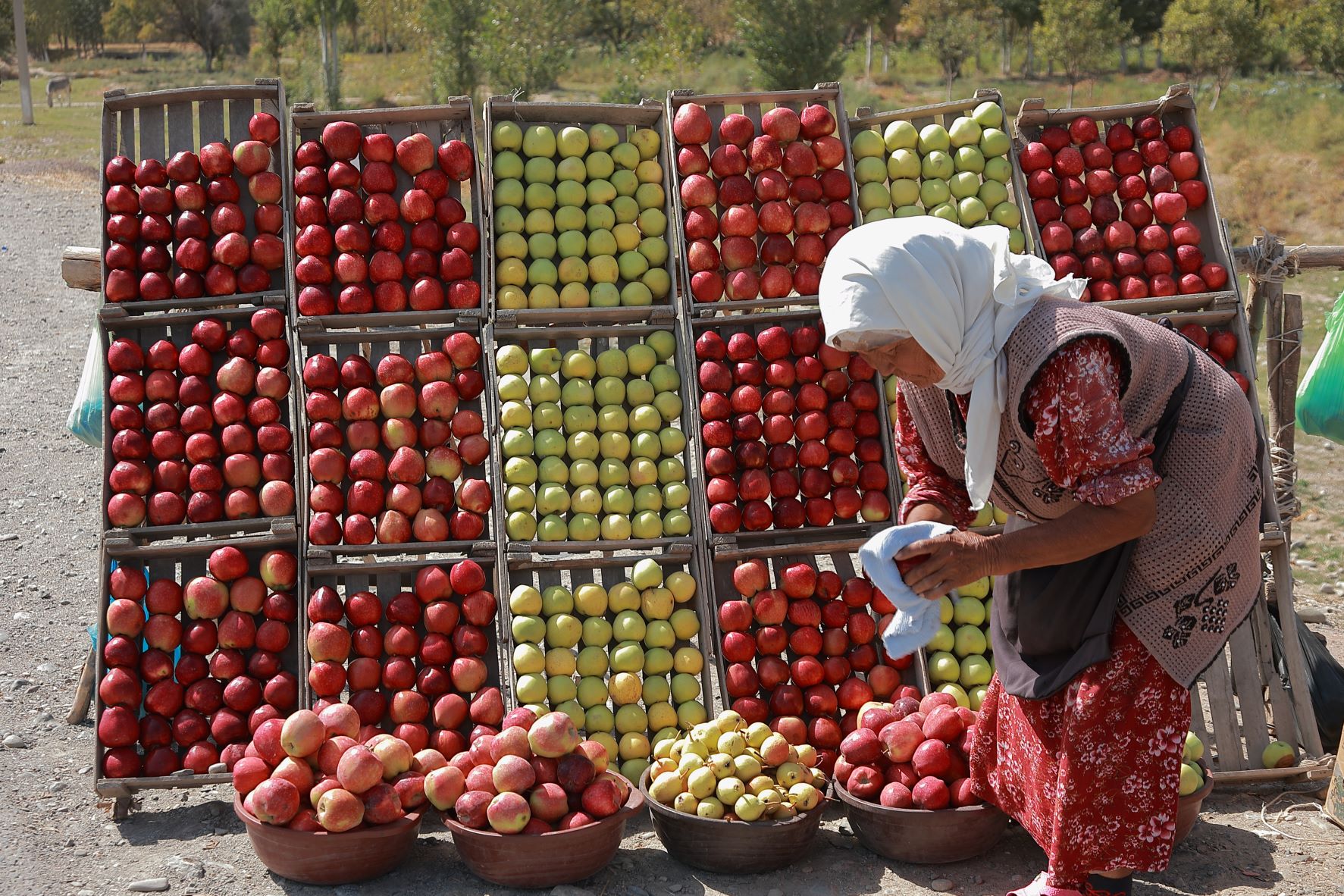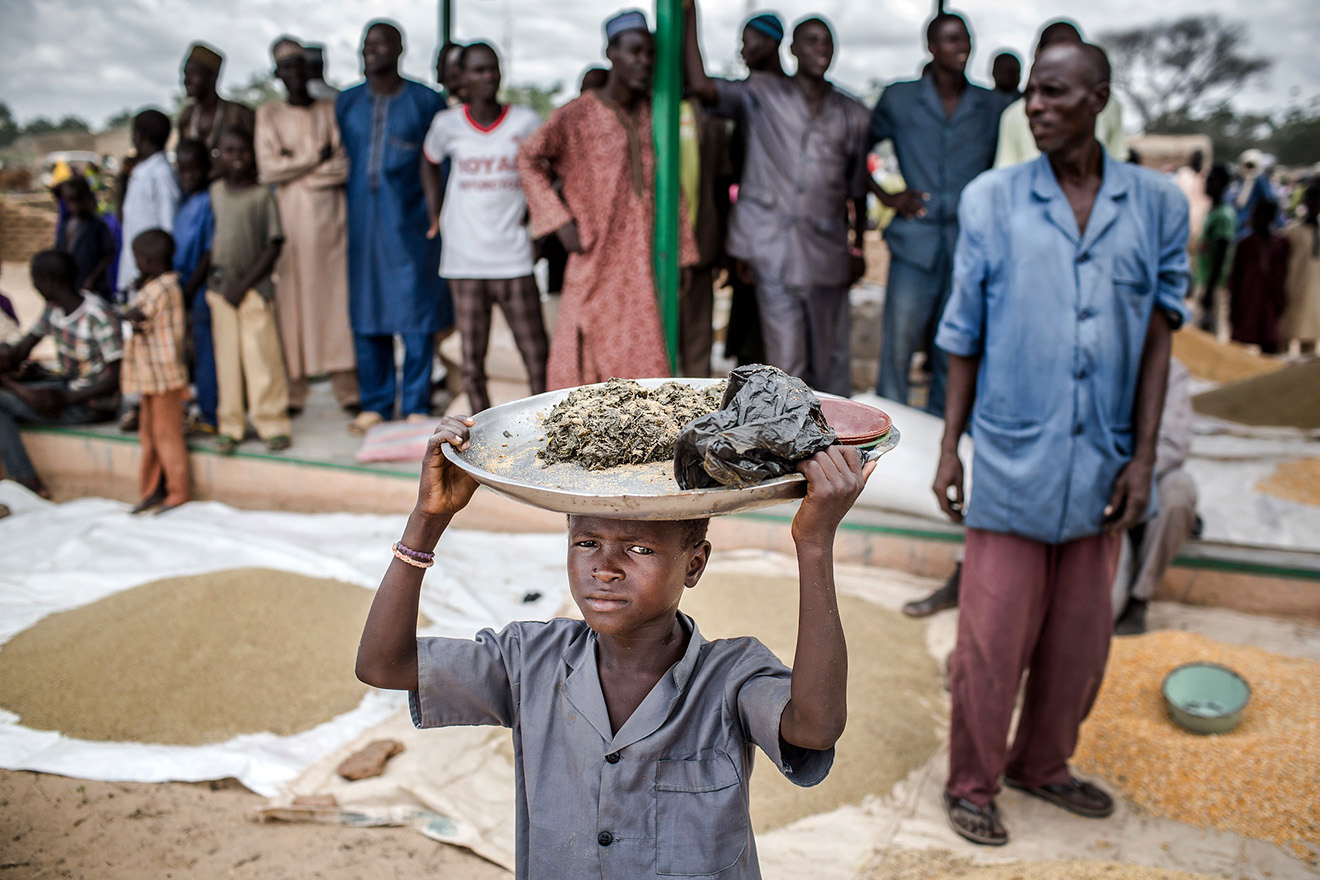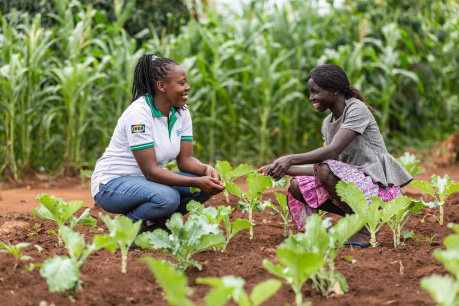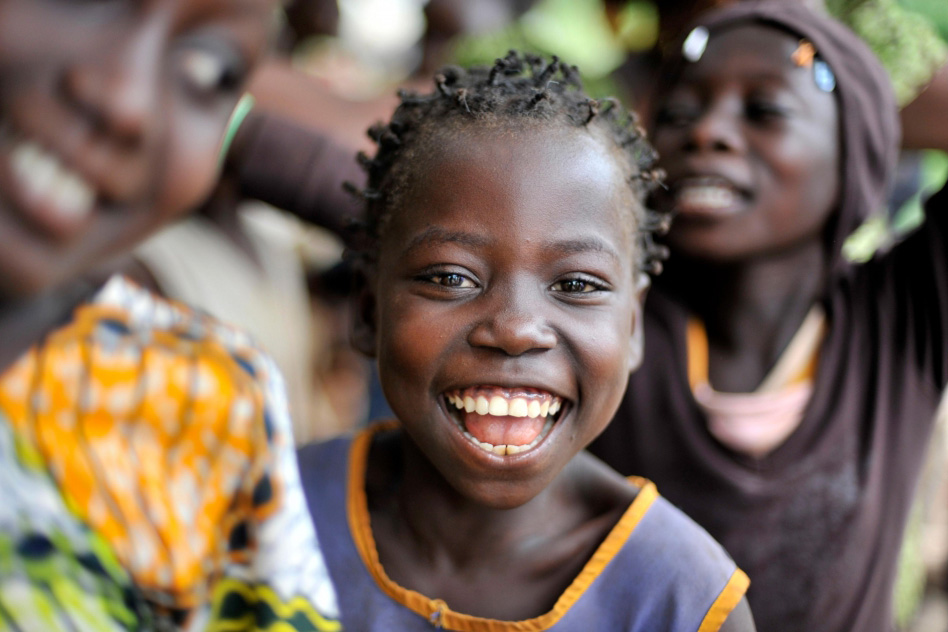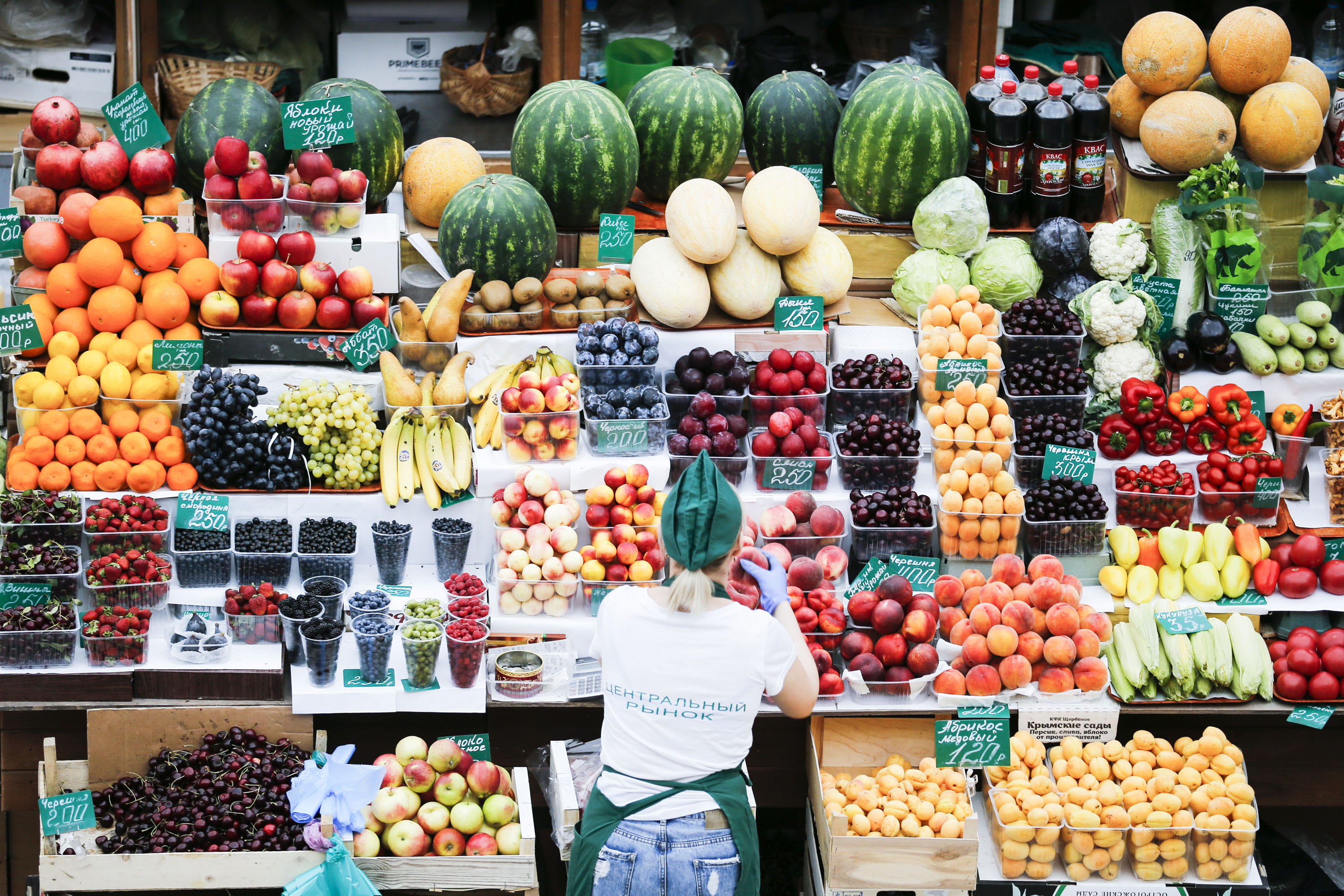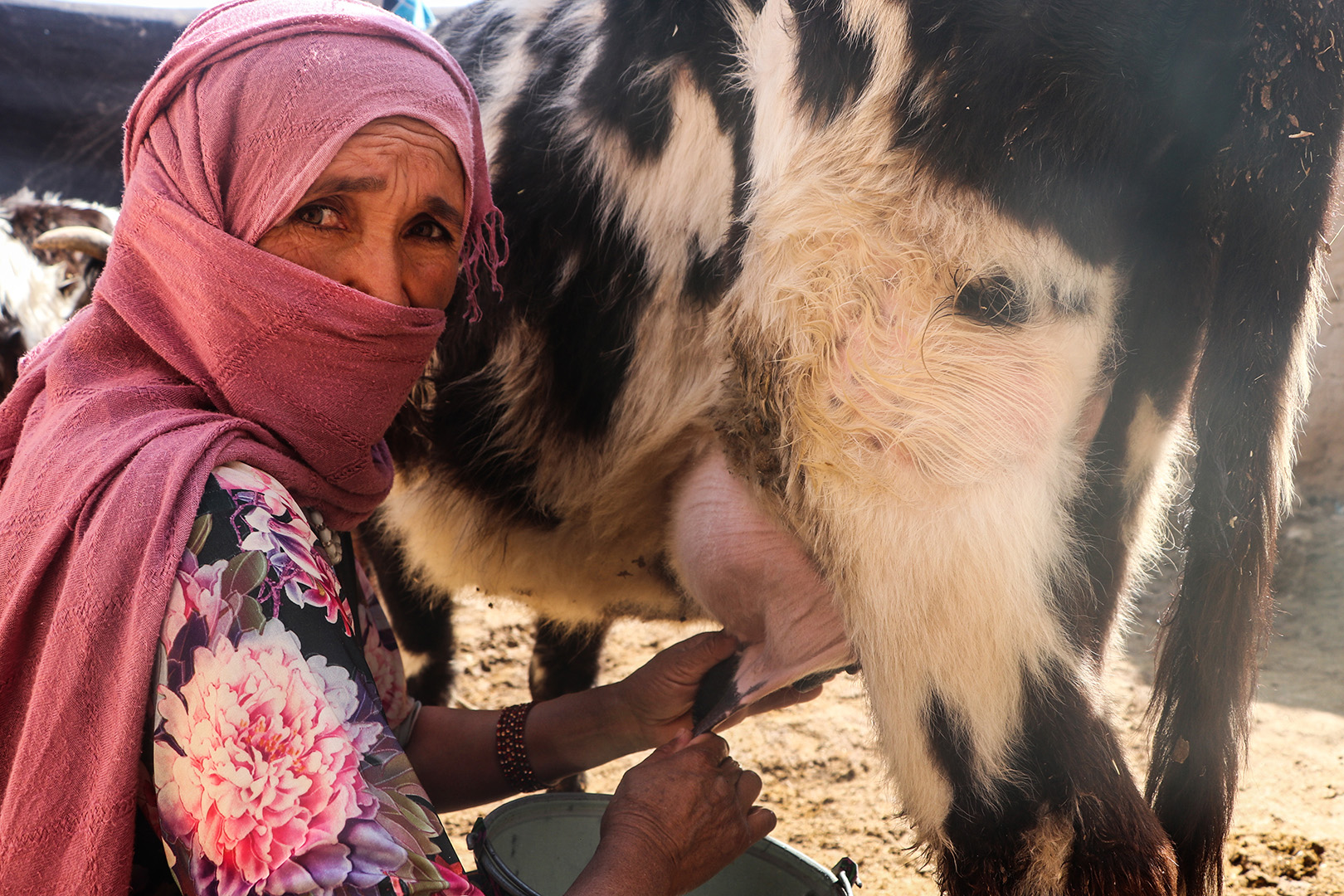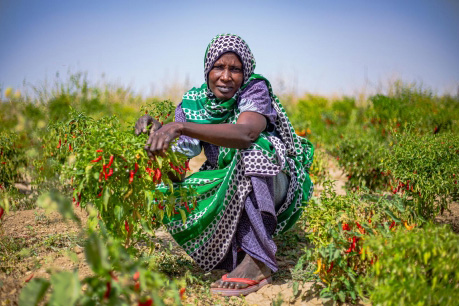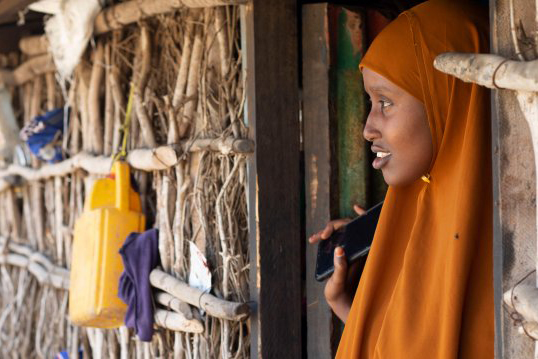Water benefits our lives in many different ways, but how can we value water properly and safeguard it effectively for everyone? This animation looks at how water means different things to different people. Their home and family life, their livelihood, their cultural practices, their wellbeing and their local environment, and asks the question - What does water mean to you?
FAO
Mabrouka Ayadi, a 70-year-old widow who has been fishing her whole life, has no government pension or medical care. She hopes the SocPro4Fish project will lead to adequate coverage in the fisheries sector to support her health and well-being. “I have to take care of my health care. I have four kids at home, and they depend on my fishing,’’ she says. FAO and partners work to reduce poverty and sustain the aquaculture sector’s development. The project also seeks to expand coverage of social protection to fishers and fish workers in Tunisia and other countries.
While global hunger numbers have stalled between 2021 and 2022, there are many places in the world facing deepening food crises. Africa remains the worst-affected region with one in five people facing hunger on the continent, more than twice the global average. According to the latest State of Food Security and Nutrition in the World (SOFI) report by FAO, over 122 million more people are facing hunger due to the pandemic and repeated weather shocks and conflicts.
The benchmark index of international food commodity prices declined again in June, led by price decreases for all major cereals and most types of vegetable oils, according to the latest FAO Food Price Index’s report. The index dropped 1.4 percent from May and 23.4 % from its peak in March 2022. Nevertheless, FAO warns that high food prices, economic downturns, conflict, droughts, and the impending risk of El Niño weather aggravate food security concerns in 45 countries that are assessed to need external assistance for food. Check the latest index.
It is an alarming fact that there are more children engaged in child labour in sub-Saharan Africa than in the rest of the world combined. Not all this work is considered child labour. Age‑appropriate tasks that are not hazardous and do not interfere with a child’s education can be positive for the family and even contribute to the inter-generational transfer of valuable skills that boost families’ food security. Here are four examples of the work FAO is doing to tackle this issue from the field right up to the global level, to ensure that children have a childhood.
In 1969 final plans for travel to the moon were being fine-tuned, including how to keep food safe so the astronauts, orbiting in space, would not get sick from the food prepared for the flight. Foodborne illnesses in the 1960s were not a rarity. So, the team approached food safety the way it tested engineering reliability: by checking the weak points in the system. During this period, another body made these standards international for the sake of everyone on the planet, not just in space. An FAO/WHO endorsed “food code” defined hygiene-related food standards for the next 50 plus years.
FAO higlights why IUU fishing threatens livelihoods, exacerbates poverty, and augments food insecurity.
For Zulaikha, a 48-year-old, widowed the cost of the everyday items she needs for her family of six seems beyond her means. Like many other smallholder livestock keepers and farmers across Afghanistan, Zulaikha’s livelihood has been battered by a combination of severe drought, the COVID-19 pandemic and the lack of economic prospects in the recent past. Things began to improve after FAO supported her with emergency assistance for her livestock to enhance the health of her animals and increase the family’s access to nutritious food through improved dairy production.
FAO and partners are helping Maasai men and women become beekeepers which is helping regenerate the forests around their hives.
Every year, the Far North region of Cameroon is the setting of devastating floods that leave thousands homeless. Within the department of Logone-et-Chari are among the most affected areas. Torrential rains and rising waters destroy homes and crops, jeopardizing people's livelihoods and food security. Since 2021, FAO has been improving the anticipatory action and emergency response system in Cameroon, analysing the food and nutrition security impacts of humanitarian crises. The project helps governments and communities better prepare, anticipate, analyse and make decisions ahead of a crisis.
Tea is an age-old symbol of wellbeing that appears in the arts, literature, music and boasts countless colours and varieties.
A short yet perilous road connects the towns of Buufow and Shalanbood in southern Somalia. The two communities have had to cope with increasing scarcity of natural resources from which to derive their livelihoods. This combined with a lack of basic services increases the likelihood of conflicts. In an original approach to conflict resolution, youth met for a “Game Day” - an innovative peacebuilding project implemented by FAO and IOM - where they use a smartphone game application to identify priorities for investments in critical infrastructure that would promote peace and productivity.
The FAO Initiative focuses on improving the urban environment, strengthening urban-rural linkages and the resilience of urban systems, services and populations to external shocks
In a world where tonnes of edible food is lost, leaving people hungry and small-scale farmers in poverty, temperature-controlled storage and transport of food is a solution. FAO, the Ozone Secretariat of UNEP, UNEP and the Italian Ministry of Environment and Energy are working with countries to find solutions to sustainably expand cold chain infrastructure, where viable, using renewable energy to power cooling.

